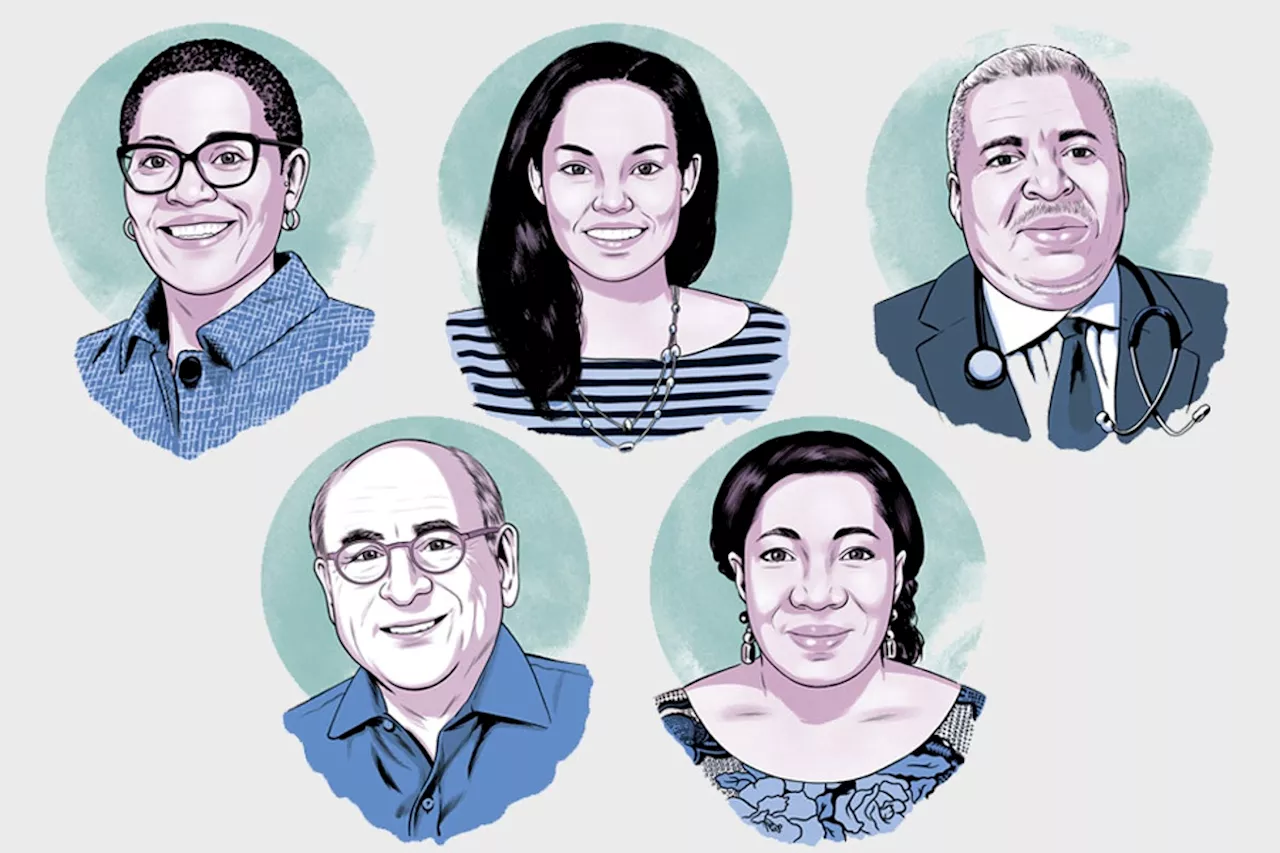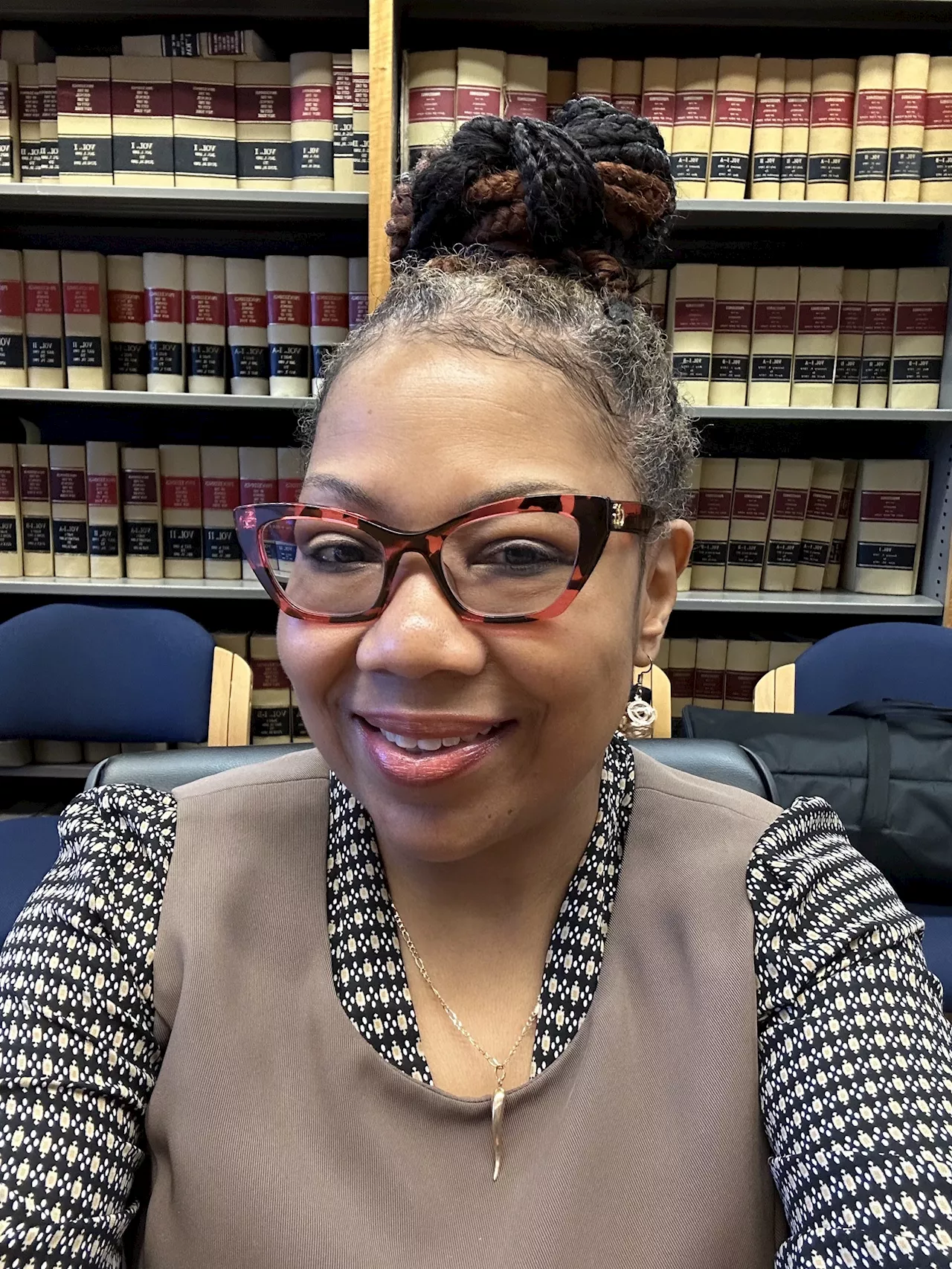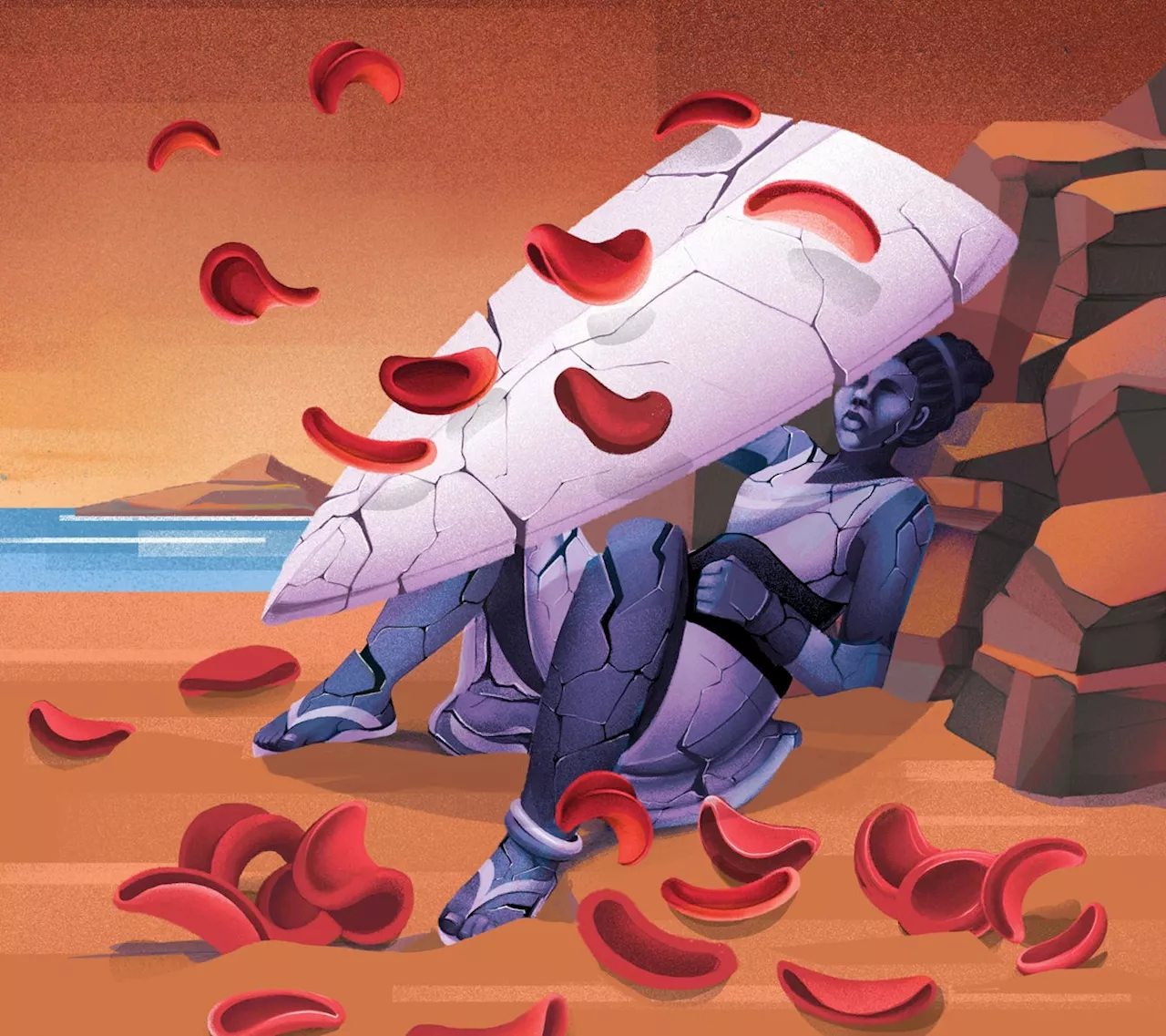Sickle cell disease causes severe pain that’s hard to treat, but researchers are finding new ways to offer relief
alpna Gupta was in a convention center banquet hall when a child changed the course of her career. As she recalls it, she had come to Ohio around 2008 for a conference on sickle cell disease because her laboratory was studying the misshapen red blood cells that define the ailment. Typically such conferences consist of one lecture after another, each full of slides on molecular mechanisms and chemical pathways, interspersed with talks from patient advocates and caregivers.
Researchers have been stymied in their attempts to ease these patients’ agony. In 1956 a University of Tennessee physician wrote, “The severe pain causes patients to grunt, groan, cry, twist and turn and to assume abnormal postures in the futile attempt to obtain relief.” The pain most often occurs in the lower back, joints, arms, legs and core, and patients describe it in almost every possible form: sudden, throbbing, sharp, but also steady and gnawing like a toothache.
Growing evidence, however, suggests that pain sources are various and complex, leading some experts to push for a new description of attacks such as “acute pain events” or “acute pain episodes,” says Amanda Brandow, a pediatric hematologist at the Medical College of Wisconsin in Milwaukee. Although many still call them “crises,” such a linguistic shift reflects the idea that pain results from multiple causes, not just vaso-occlusion.
For now people typically have a home protocol they start at the onset of an acute event. It usually includes opioids , heat, and ibuprofen or other over-the-counter pain relievers, Darbari says. If those approaches fail, more intensive hospital care can include intravenous opioids and fluids, ketamine and local anesthesia, among other strategies. Yet even with those efforts, patients often remain in pain after discharge.
A number of medications for targeted, effective relief are now in various stages of investigation, including a drug known as rivipansel. This medication targets an adhesion molecule called E-selectin with the goal of preventing leukocytes from sticking to blood vessels. In a phase 3 trial, those who took rivipansel showed a 61 percent reduction of E-selectin levels in their blood.
The microbiome is another intriguing target, Brandow says. She is wrapping up a large study, funded by the National Institutes of Health and the National Heart, Lung, and Blood Institute, assessing the differences in intestinal microbes between people with and without sickle cell. The project is also evaluating whether microbial communities change during acute events because prior studies suggested that certain gut microbes can upregulate specific immune pathways.
United States Latest News, United States Headlines
Similar News:You can also read news stories similar to this one that we have collected from other news sources.
 Meet the Advocates and Researchers Revolutionizing Sickle Cell CareThese sickle cell researchers and advocates are driving change from labs to global stages, transforming lives in the process.
Meet the Advocates and Researchers Revolutionizing Sickle Cell CareThese sickle cell researchers and advocates are driving change from labs to global stages, transforming lives in the process.
Read more »
 Sickle cell ‘warrior’ speaks about new treatments and authoring children’s booksStacey Sottile talks living with sickle cell disease, her published books and new advances in the treatment of the disease.
Sickle cell ‘warrior’ speaks about new treatments and authoring children’s booksStacey Sottile talks living with sickle cell disease, her published books and new advances in the treatment of the disease.
Read more »
 New Sickle Cell Treatments Reach Patients after Years of EffortThe FDA recently approved three sickle cell drugs, and dozens more are in development
New Sickle Cell Treatments Reach Patients after Years of EffortThe FDA recently approved three sickle cell drugs, and dozens more are in development
Read more »
 New Hope for Treating People with Sickle Cell DiseaseImproving sickle cell care by expanding treatment options, advancing new therapies and amplifying the voices of people with the disease
New Hope for Treating People with Sickle Cell DiseaseImproving sickle cell care by expanding treatment options, advancing new therapies and amplifying the voices of people with the disease
Read more »
 New Sickle Cell Treatments Highlight the Power of Patient PerspectivesIlluminating the experience of people living with sickle cell could improve patients’ lives and enhance all of medicine
New Sickle Cell Treatments Highlight the Power of Patient PerspectivesIlluminating the experience of people living with sickle cell could improve patients’ lives and enhance all of medicine
Read more »
 Researchers discover dual epicenters in New Year's Day Noto earthquakeThe first seven months of 2024 have been so eventful, it's easy to forget that the year started off with a magnitude 7.5 earthquake centered beneath Japan's Noto Peninsula on New Year's Day. The earthquake killed more than 280 people and damaged more than 83,000 homes.
Researchers discover dual epicenters in New Year's Day Noto earthquakeThe first seven months of 2024 have been so eventful, it's easy to forget that the year started off with a magnitude 7.5 earthquake centered beneath Japan's Noto Peninsula on New Year's Day. The earthquake killed more than 280 people and damaged more than 83,000 homes.
Read more »
